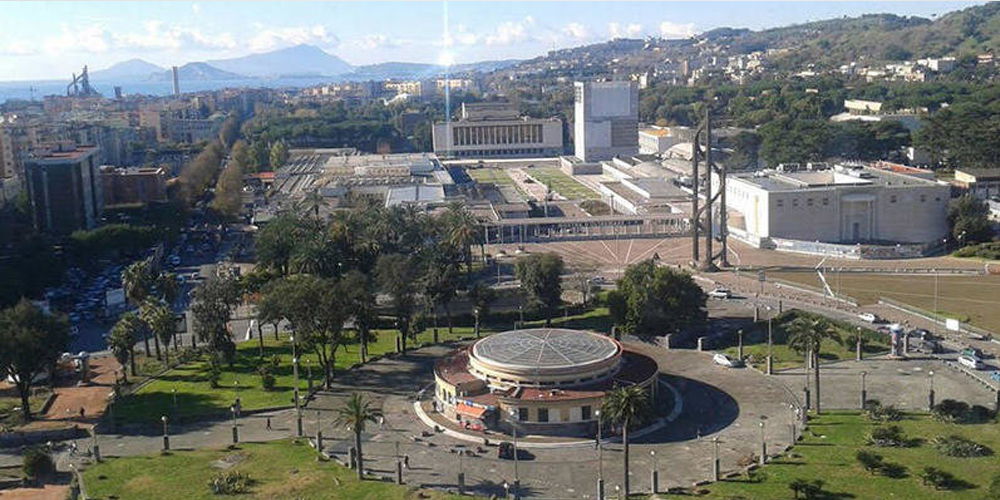The Fuorigrotta neighborhood in Naples
Immediately behind its most beautiful hill, that of Posillipo, Naples hides a real well rich in history and culture, but also much more, such as fairs and sports: Fuorigrotta.
The fulcrum of one of the most famous volcanic complexes in the world, the Phlegraean fields, this district is famous all over the world, so much so that it often appears in the history of history books but above all in national cinematography and concerning sporting events, including worldwide, last the famous Universiade in 2019.
The history of the Fuorigrotta district
The
Fuorigrotta district owes its fame in the world to the presence of the legendary
San Paolo stadium, where Diego Armando Maradona played, but its history has very ancient origins, so much so that since Roman times it was a very important one as it was a link between Naples and Pozzuoli full of public places, including these spas, temples and even an aqueduct.
The history of the neighbourhood, however, experienced its maximum expansion during the Fascist twenty years in Italy between the two world wars. In fact, the whole area is part of an expansion project of the city of Naples towards the sea of Pozzuoli. This expansion project includes works such as the stadium itself and the Mostra d'Oltremare.
What you can see in Fuorigrotta
The
Fuorigrotta area, as mentioned above, is rich in historical, cultural and fair attractions. At the entrance to the neighbourhood is the
Neapolitan crypta. One of the caves used by the Romans to overcome the hill of Posillipo da Mergellina and which houses the tomb of two great poets: Virgilio and Leopardi. The entire urban system of the area dates back to the early 1900s, but the main focus of the district is the great
Mostra d'Oltremare, a real city within the city. A fair system made up of numerous groups of buildings, built by different Neapolitan architects of the period, and green areas that host events all year round: among these, I cannot help but mention the tower of Nations, which stands out over the entire plant, the Mediterranean theatre, the Flegrea arena and the majestic
Esedra fountain.
Other prominent bases include the church of San Vitale Martire and the Roman baths. The church, erected initially in the Byzantine era and then rearranged with the new urban layout, is known to most also because for several years it hosted the remains of Giacomo Leopardi. The Roman thermal complex, however. it is less known and is located on the north side of the Mostra d'Oltremare and is one of the largest Roman thermal complexes in the region and which has revealed many construction techniques used in the imperial age.
Other elements also stand out in the area, such as Piazzale Tecchio, rearranged on the occasion of the World Cup in Italy 90, in which space is defined by totem elements. Each tower has its own particular meaning, also represented by the shapes and materials with which they are made. Also not far from this area are the Naples zoo and two other famous Neapolitan sports facilities famous throughout Italy, the Palabarbuto and the Scandone swimming pool.
Where to eat in Fuorigrotta
Fuorigrotta is also famous for the connections with many poles of the city, from Posillipo through the promontory of Coroglio, in Pozzuoli through the famous via Napoli, up to the Vomero hill with the panoramic via Michelangelo da Caravaggio, that overlooking the whole district and the expanse of the Phlegraean fields with its islands Procida and Ischia in the background, offers a breathtaking view the whole area. And right here, in via Michelangelo da Caravaggio, there is a unique place in all of Naples, the
Braceria al Rajito. Its panoramic position is undoubtedly a powerful point but its uniqueness is given by the technique of preparing the foods, as it is the only one on the Neapolitan territory to use a type of charcoal cooking.
These are just some of the beauties and uniqueness that the Fuorigrotta district offers but you don't get caught unprepared, run to see and taste the beauties and qualities of this beautiful area.











Lascia un commento